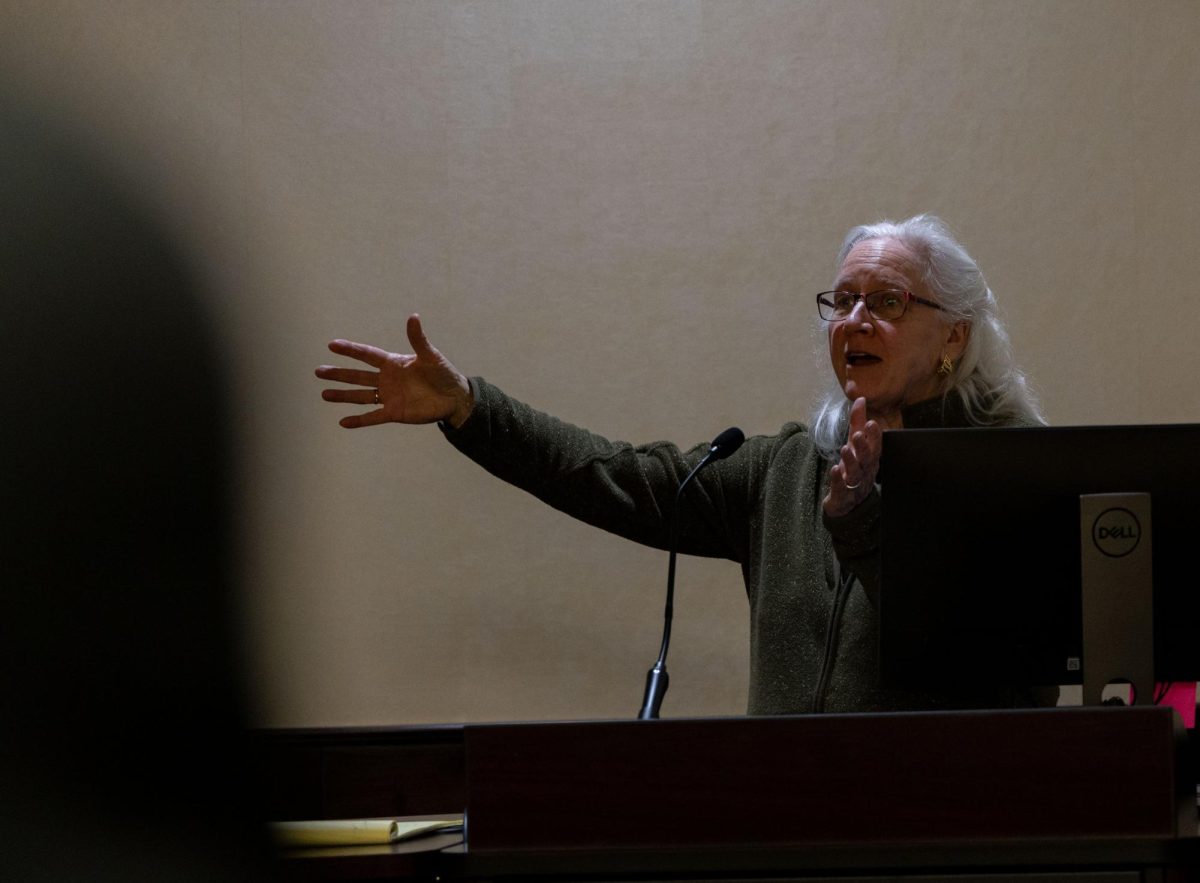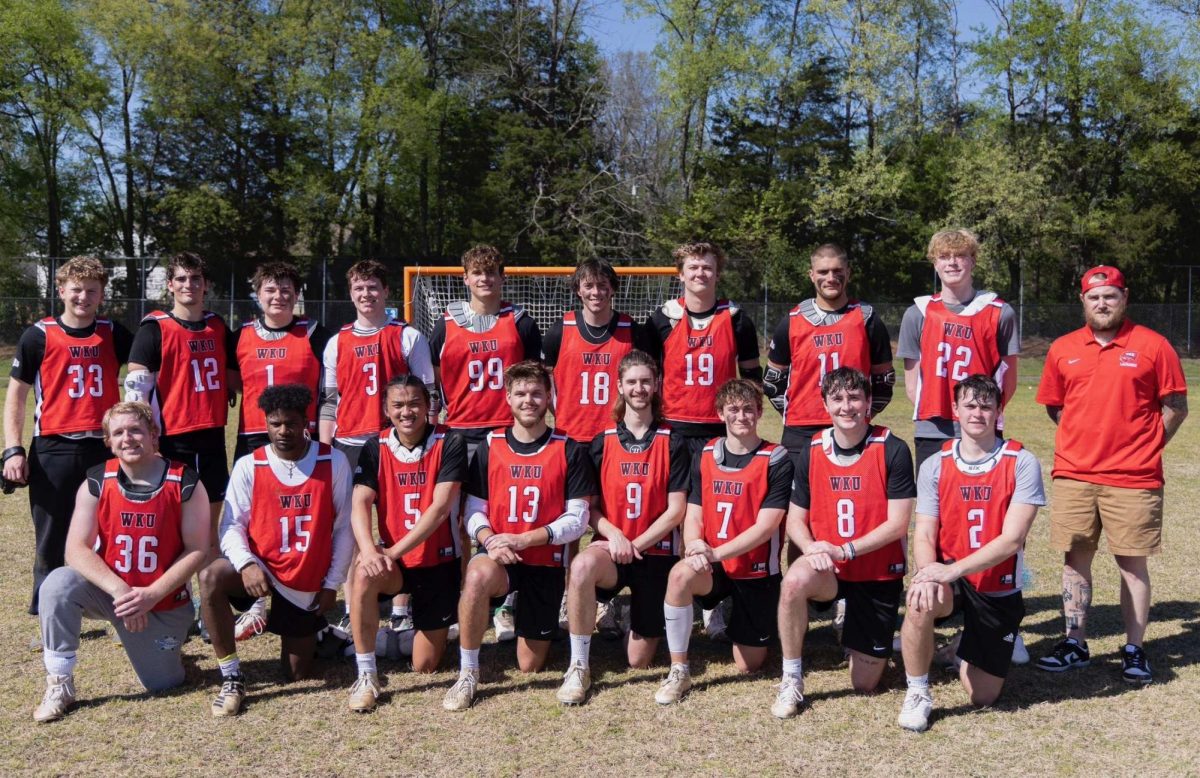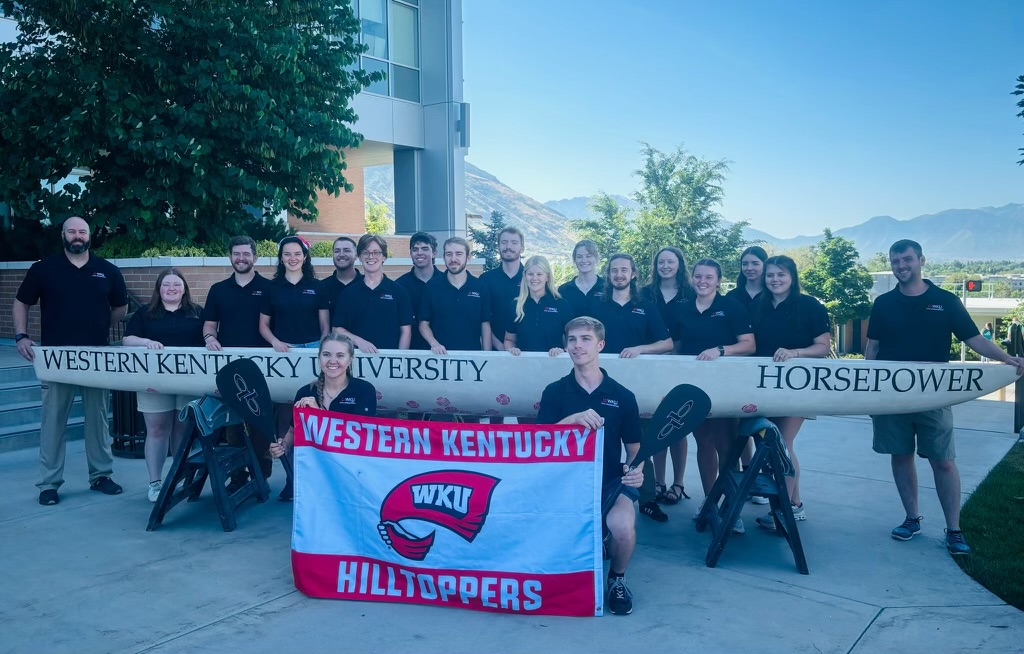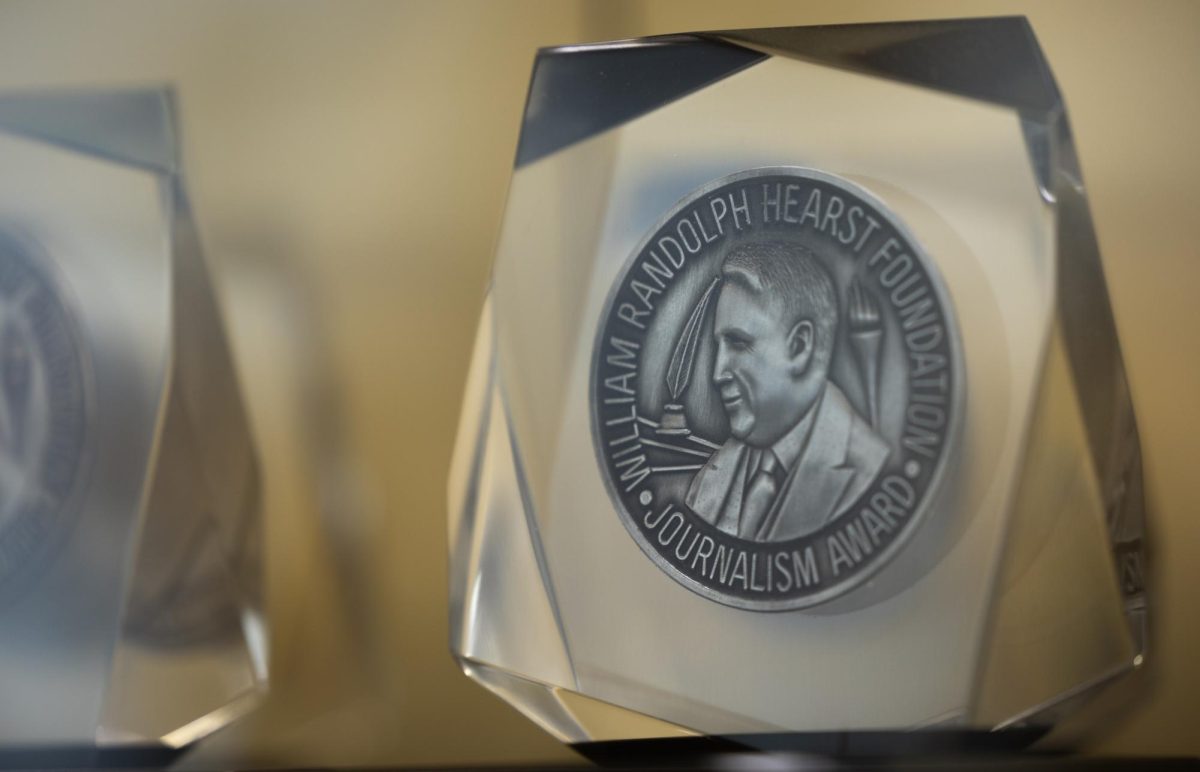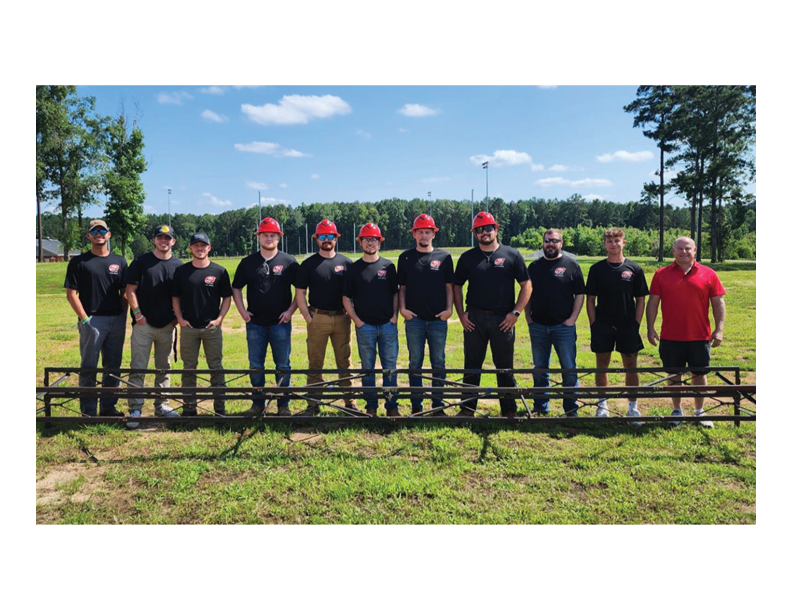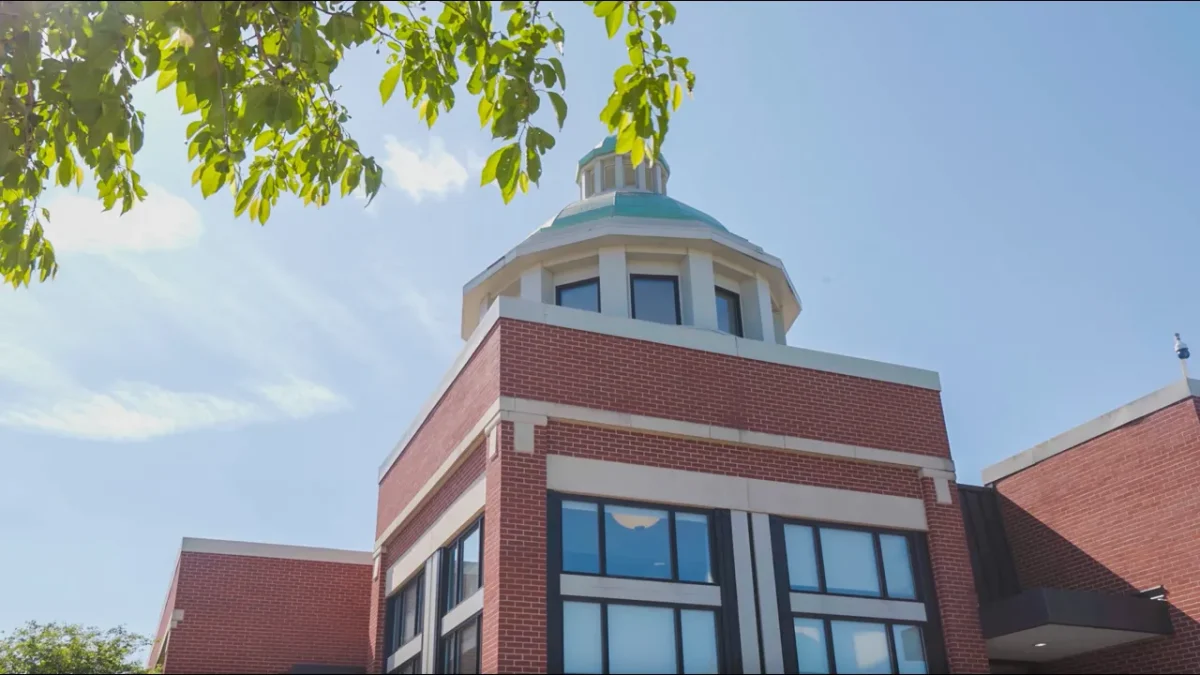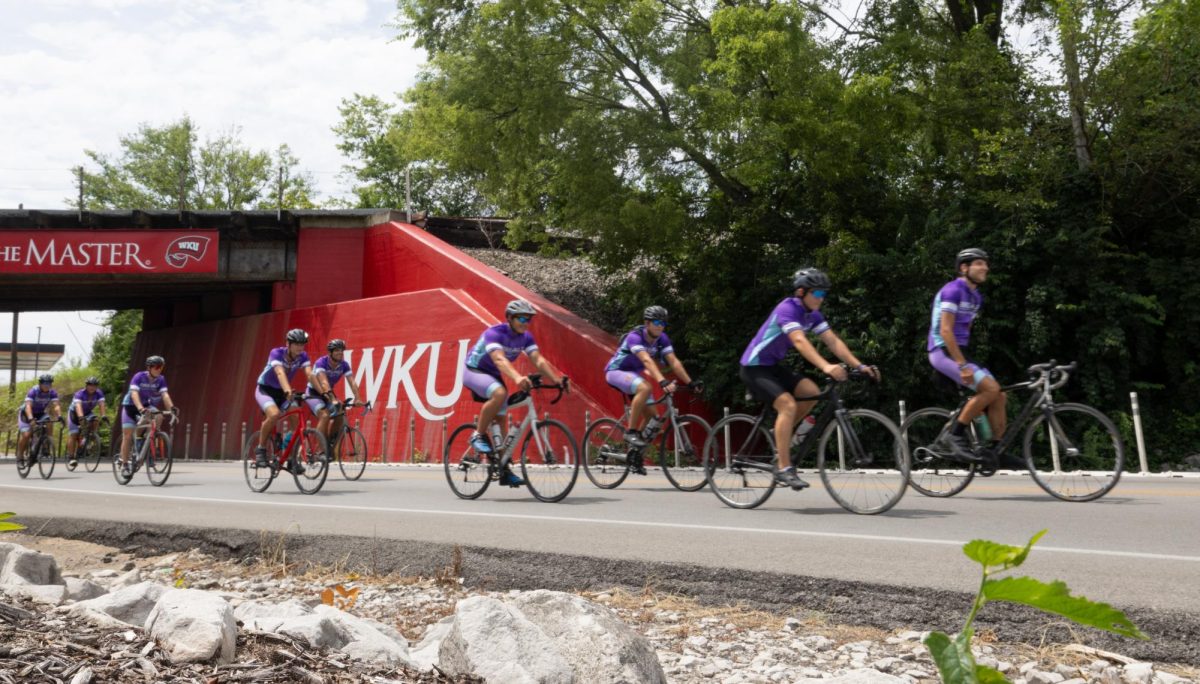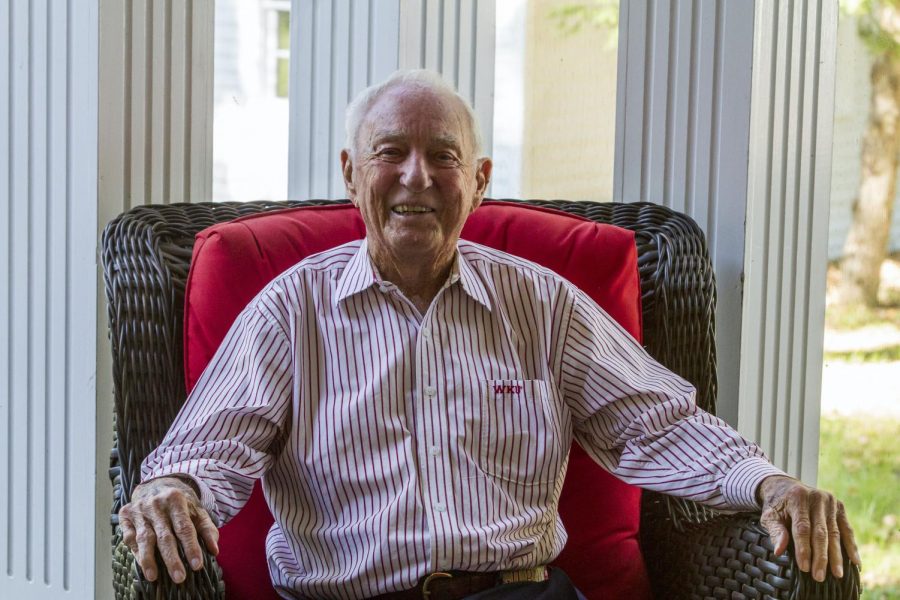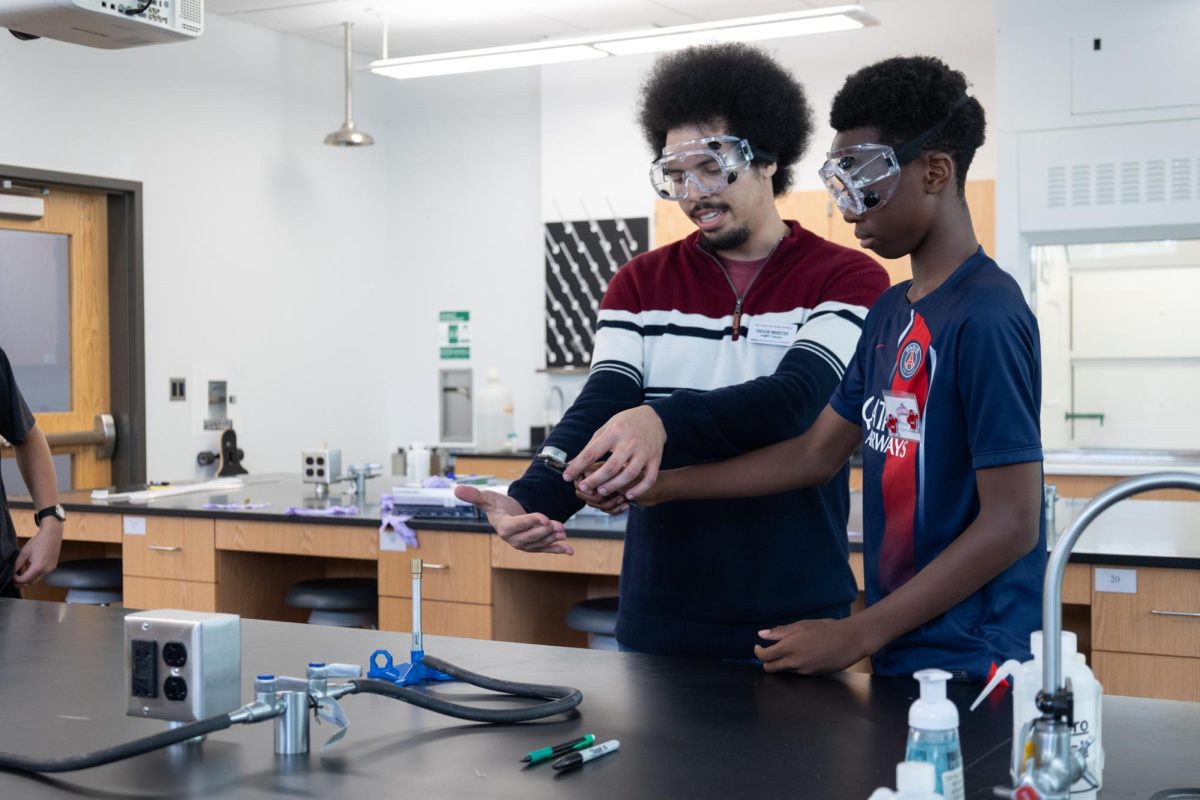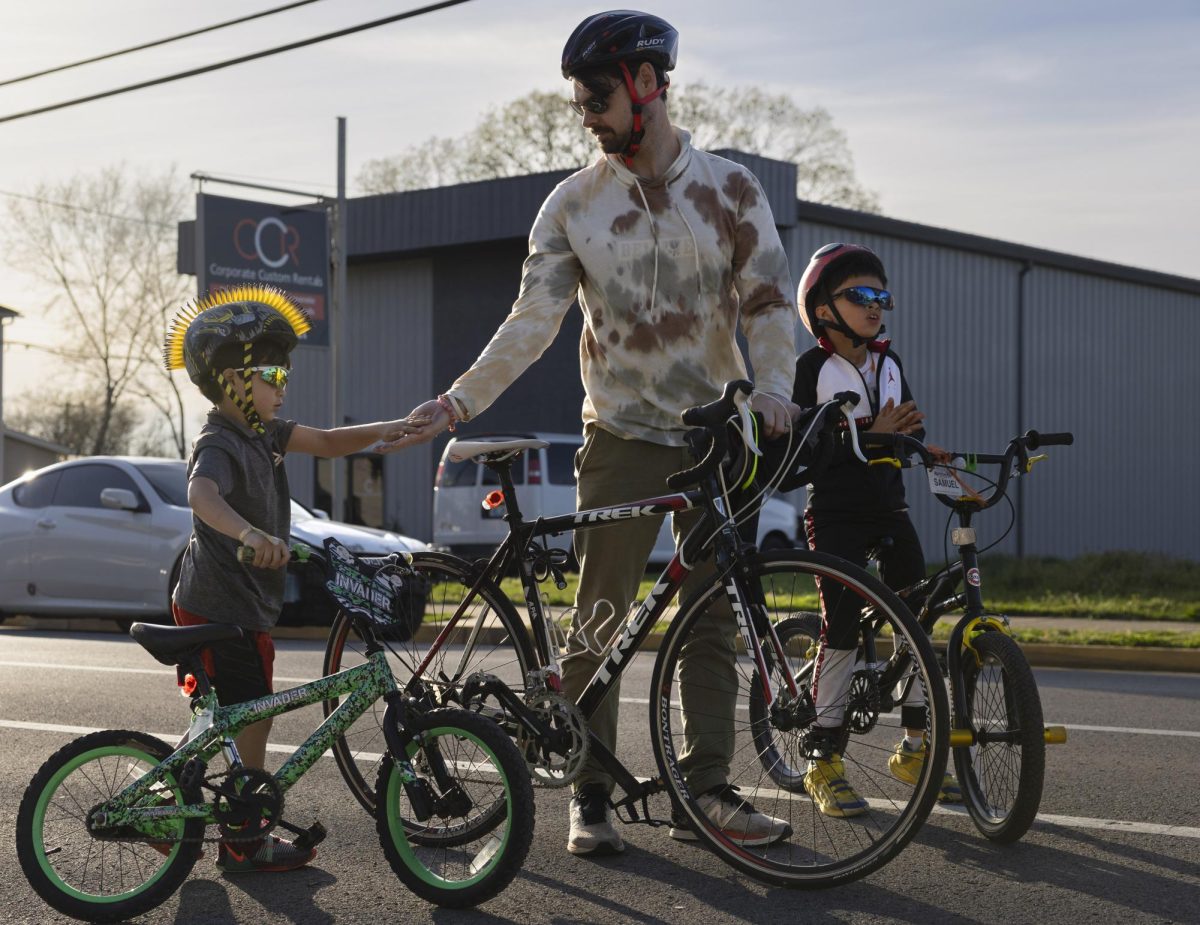In a full conference room at the Kentucky Museum, David Pollack and Gwynn Henderson presented a discussion on their archaeological research as an expansion on the “First Farmers of the Barren River Valley” exhibit on Tuesday, April 9.
The presentation explored both recent archaeological finds surrounding Warren County and the complexities of preparing exhibits and findings to greater audiences.
Pollack, director of the Kentucky Archaeological Survey, opened the discussion with his team’s recent findings from an excavation site outside Bowling Green. The site, known as the Holt Site, offered a look into the Barren River Valley’s history.
In 1972, WKU archaeologists made note of the Holt site during an archaeological survey of the Gasper River floodplain. WKU student Bob Zoellner made small excavations where the landowner Dennis Holt, a WKU alumni, had found pieces of ancient pottery. Their work revealed that ancient indigenous farmers had settled in this area sometime after 1000 C.E.
Pollack shared images and stories, reflecting on his team’s time studying the Holt site and these “first farmers.” Pollack and his team, hindered by intersecting road and property lines, excavated areas where Indigenous homes would have resided. They used micromorphology, a branch of science that examines soil at a microscopic level, to examine soil at the Holt site to further their understanding of how ancient Indigenous structures were designed and built.
“We’ve learned how they effectively managed the land and how they reacted to climate change, the same kind of things that we do,” Pollack said. “They faced many of the same challenges: drought, too much rain. You’re planting crops and your crops fail, what do you do?”

After Pollack concluded his discussion on their findings, Henderson, the education director of the Kentucky Archaeological survey, shared many of the intricacies of museum work.
Students joined a diverse audience of WKU faculty and Bowling Green residents in listening and watching as Henderson, energetically unveiled the time and effort that museum workers put into preparations for exhibits.
Henderson explained how each aspect presented in an exhibit was carefully reviewed and discussed before finally being chosen.
“After all of that has gone on, all of the work and scholarship, creativity, artistic merit, and the folks who have replicated things,” Henderson said. “It’s really quite an amazing experience to be involved with.”
Gigi Lamb, an anthropology and Chinese major, works at the Kentucky Museum as a museum docent. Lamb reflected on the discussion and the archaeologists’ findings.
“I thought it was interesting to hear more about Native Americans,” she said.
Pollack, through sharing his team’s research, wants students to know the importance of studying history.
“Learn about their past, learn about their heritage, find out where they came from,” Pollack said, “what went on in the past and how it can inform us for the future.”
News Reporter Cameron Shaw can be reached at [email protected]














